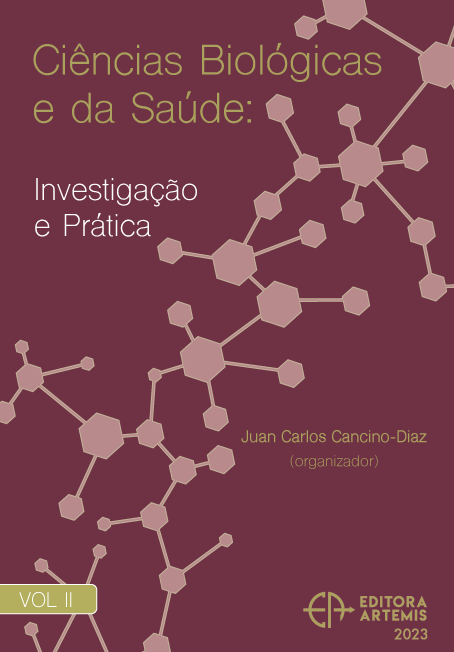
IDENTIFICACIÓN DE FRACCIONES TÓXICAS EN EFLUENTES URBANOS LÍQUIDOS
Los efluentes líquidos urbanos están compuestos por aguas de descarte y, como consecuencia de la naturaleza y variedad de sus fuentes, constituyen una compleja combinación de sustancias químicas que interaccionan entre sí. Dadas las particularidades de los efluentes líquidos es necesario no solo conocer sus características fisicoquímicas, sino también los efectos tóxicos que pueden generar en la biota, ya que el aproximamiento clásico, mediante análisis fisicoquímicos no considera la interacción entre componentes. Su toxicidad se puede determinar mediante bioensayos y, aplicando un fraccionamiento controlado de las muestras y bioensayos sucesivos, es posible identificar que fracciones del efluente aportan a la toxicidad global. Así, el objetivo general fue caracterizar toxicológicamente efluentes urbanos líquidos e identificar las fracciones que aportan a la toxicidad global. Se aplicó una batería de bioensayos integrada por D. magna, H, plagiodesmica y semillas de T. aestivum, junto con un protocolo de fraccionamiento para identificación de las fracciones tóxicas. T. aestivum no resultó un indicador sensible para los efluentes líquidos estudiados, sin embargo, los niveles de toxicidad indicados para D. magna y H. plagiodesmica indican que los efluentes mantienen un contenido tóxico considerable. El fraccionamiento de las muestras permitió identificar a los sólidos suspendidos (>1µm) y a los compuestos orgánicos no polares y/o compuestos órgano-metálicos como las fracciones que más aportan a la toxicidad global. La aplicación del protocolo de fraccionamiento resultó efectiva y generó información valiosa de relevancia para futuros estudios que permitan mejorar la eficiencia del sistema de tratamiento. A su vez, se manifiesta su utilidad como herramienta de evaluación para el manejo sustentable y protección de los ecosistemas acuáticos.
IDENTIFICACIÓN DE FRACCIONES TÓXICAS EN EFLUENTES URBANOS LÍQUIDOS
-
DOI: 10.37572/EdArt_25022375016
-
Palavras-chave: Efluentes Urbanos. Aguas residuals. Toxicidad. Bioensayos.
-
Keywords: Urban wastewater. Effluent. Toxicity. Bioassay
-
Abstract:
The urban wastewater is constituted by discarded water and, as a consequence of the nature and variety of their sources, they constitute a complex combination of chemical substances that interact with each other. Given the particularities of wastewater, it is necessary not only to know their physicochemical characteristics, but also the toxic effects that they can generate in the biota, since the classical approach, through physicochemical analysis, does not consider the interaction between components. Toxicity can be determined by bioassays and, applying a controlled fractionation of the samples and successive bioassays, it is possible to identify which fractions of the effluent contribute to the overall toxicity. Thus, the general objective was to characterize urban wastewater toxicologically and identify the fractions that contribute to global toxicity. A battery of bioassays consisting of D. magna, H, plagiodesmica and T. aestivum seeds was applied, together with a fractionation protocol for the identification of toxic fractions. T. aestivum was not a sensitive indicator for the effluents studied, however, the levels of toxicity indicated for D. magna and H. plagiodesmica indicate that the effluents maintain a considerable toxic content. Fractionation of the samples made it possible to identify suspended solids (>1µm) and nonpolar organic compounds and/or organo-metallic compounds as the fractions that most contribute to global toxicity. The application of the fractionation protocol was effective and generated valuable information of relevance for future studies that allow improving the efficiency of the treatment system. In turn, its usefulness as an evaluation tool for the sustainable management and protection of aquatic ecosystems is manifested.
-
Número de páginas: 16
- Ingrid Violeta Poggio Herrero
- Guido Mastrantonio Garrido
- Andrés Atilio Porta

